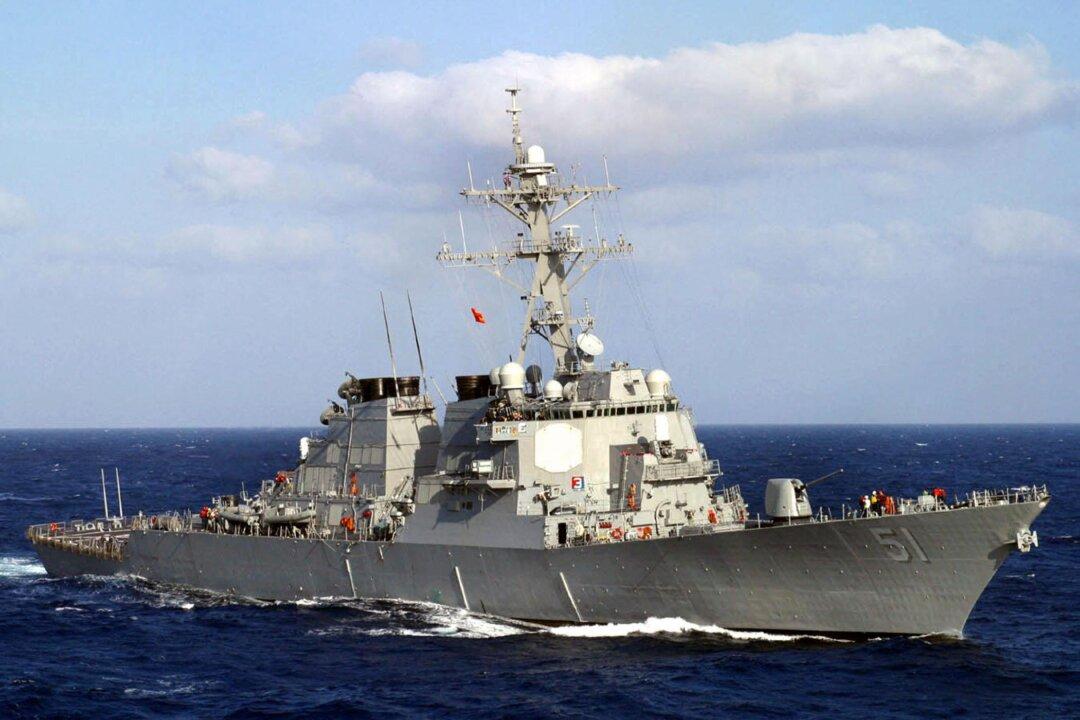Commentary
Without the Arleigh Burke destroyers designed way back in the 1980s, the U.S. Navy would have sunk long ago. That’s why it’s good news that the Navy is moving ahead with modernizing the DDG 51 Arleigh Burke fleet.

Without the Arleigh Burke destroyers designed way back in the 1980s, the U.S. Navy would have sunk long ago. That’s why it’s good news that the Navy is moving ahead with modernizing the DDG 51 Arleigh Burke fleet.